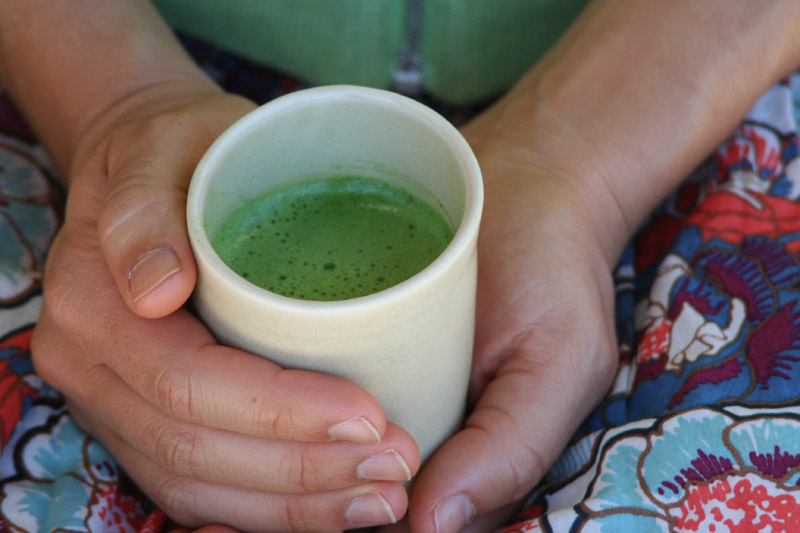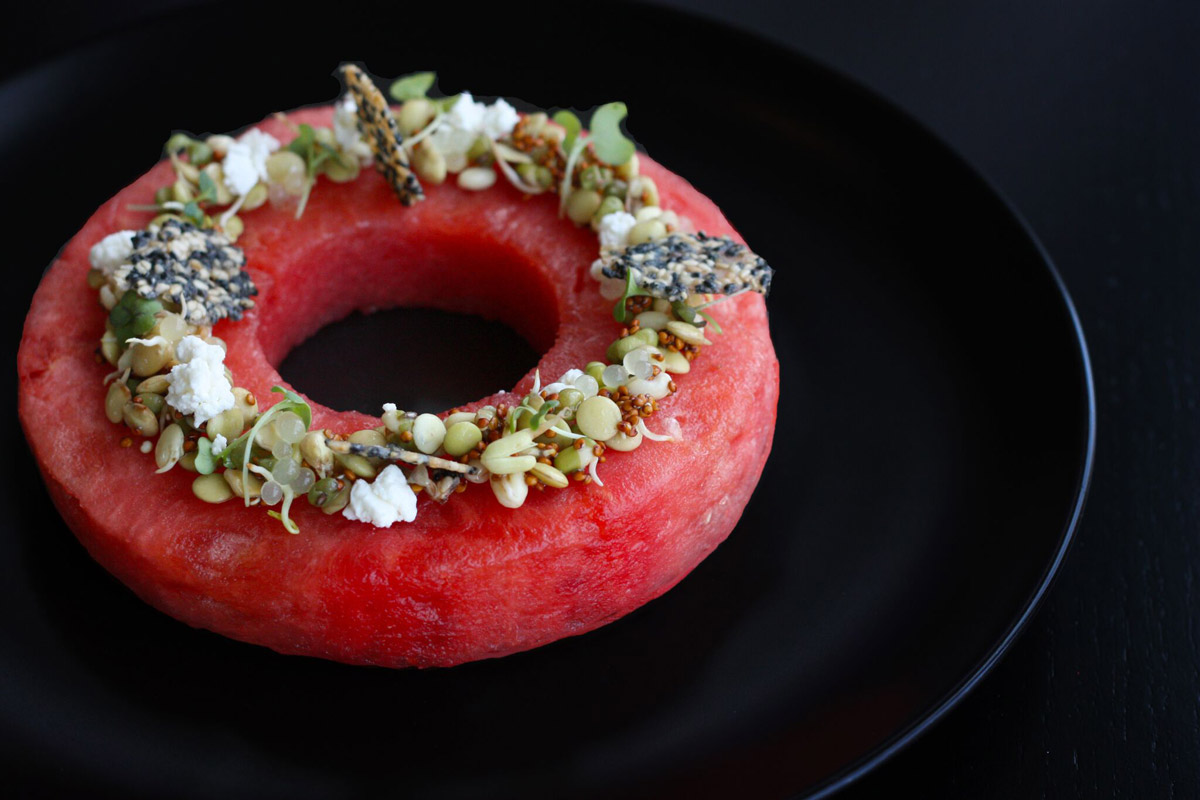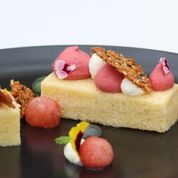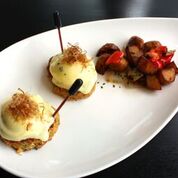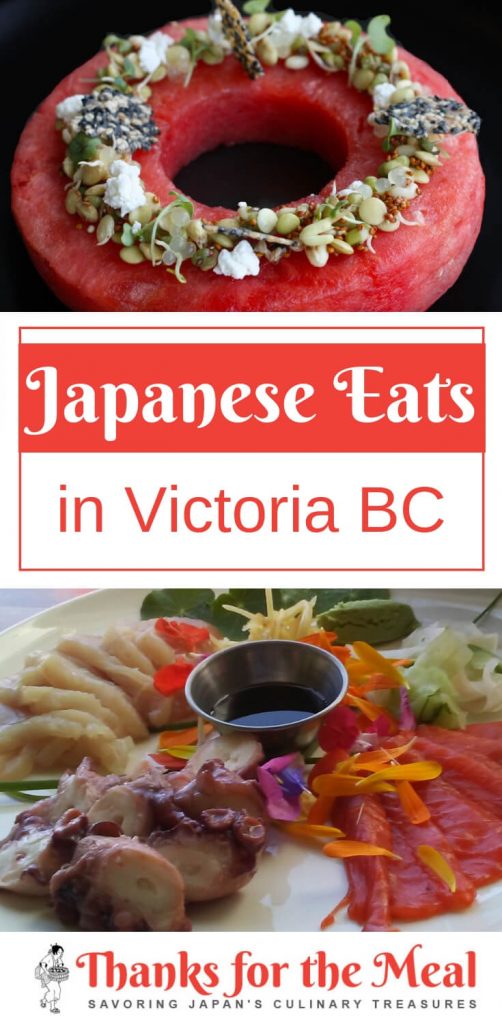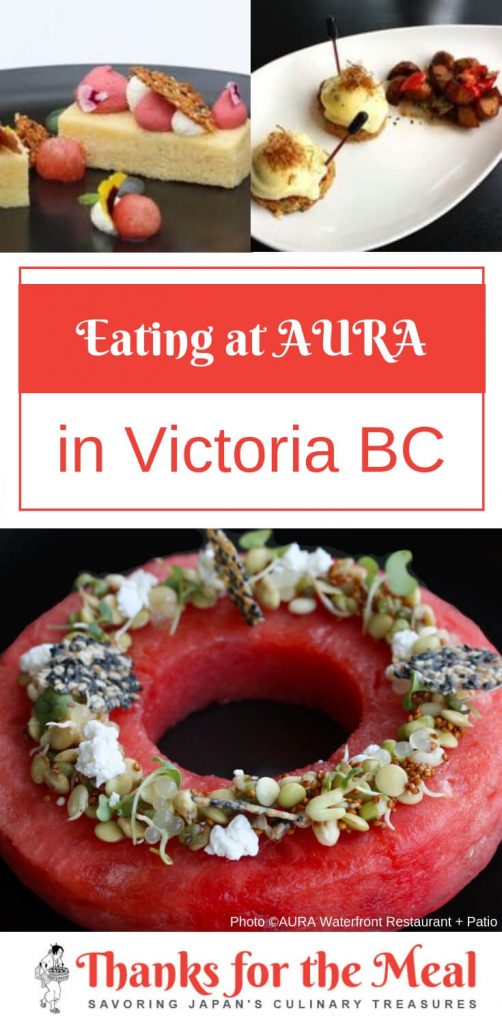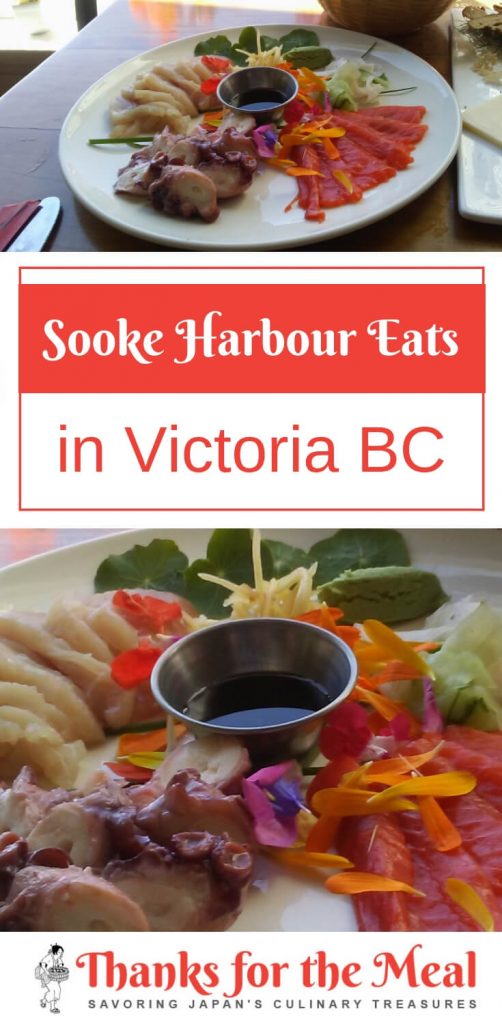A number of months ago I was reading an article online at mindbodygreen.com and it mentioned Eric Gower of Breakaway Matcha, located in Marin County and I couldn’t believe I hadn’t heard of it considering my total obsession with Matcha (high quality finely ground powdered green tea from Japan, primarily from the area surrounding Kyoto); especially since it is literally in my backyard so to speak! So I tracked Eric down, and we sat down a few weeks later over icy frothy cups of matcha for a far reaching and jam-packed conversation on matcha, Japan, love, food, our daughters, and lots more. And then, a few days later, I broke my other ankle…ie, my 2nd ankle of 2017 and that was that for a very long time! But, I’m getting back on my feet!, back in the kitchen, and very happily back to writing my blog. So, here is my long awaited interview with Eric Gower of Breakaway Matcha. Thankfully, I bought a matcha flight as I was leaving that helped ease me through weeks of being stuck at home in a cast! I especially liked Blend #97 that I found had that perfect blend of green vibrancy and sprightliness that only properly shaken coldbrew matcha elicits! There is a whift of grassiness when you first drink first rate matcha that makes me go weak in the knees…..
This post may include affiliate links, so without costing you anything extra, I’ll earn a small percentage of the sales if you purchase these items through these links. Thank you for your support!

Why, matcha?
Eric Gower: “It’s love really, I mean it’s all about love. I drank a lot of matcha in Japan. I wasn’t too much into their ceremony, you know, you’ve probably been to as many as I have. I’ve drunk dozens and dozens of these things and I really liked the matchas that some of them served me, but a lot of them weren’t very good, and not very interesting. I liked it, when it was hot, it was really special. It was life changing, so different from so many other beverages and I just kept the dive going and I just kept learning more and more about it.”
And why call it breakaway matcha?!
EG: “It’s based on my two cookbooks (The Breakaway Japanese Kitchen and The Breakaway Cook) that take Japanese ingredients and do some unusual things with them. You know living in Japan for 16 years and surrounded by so much good food and all these classic Japanese restaurants. I didn’t feel the need to replicate all the classics but I did fall in love with Japanese ingredients and I tried to isolate the Japanese ingredients I liked and kind of make them star in kind of a non-Japanese way, a lot of which was driven by whatever I could find in farmers markets. You could make really simple and quite lovely food that broke away from all the Japanese cuisine. We just decided to call it the breakaway Japanese kitchen then I remember being called the breakaway cook and then so when I was trying to give a name to this matcha thing, then why not stick with breakaway too?”
Need books?
I’m buying mine from Abe Books now in an effort to support smaller businesses. They have new and used options and harder to find books, including all of my favorite Japanese cookbooks! You can support Thanks for the Meal by clicking on this banner to buy your books.
Arigatou Gozaimasu / ありがとうございますいます –Lucy
What are some of the benefits of matcha?
EG: “Oh geez! A lot of them. Really I find it with men more than women, for me it keeps me hydrated all day long because I don’t drink water (I don’t know why) but I do drink coldbrew matcha all day. It also has high levels of antioxidants. Some other benefits include reducing stress, as it includes L-theanine, an amino acid known for its calming effect, supporting healthy teeth and gums by killing off bacteria that causes bad breath, and the list goes on and on!”
It doesn’t keep you up all night?
EG: “No. I sleep like a baby every night!”
Does it have caffeine?
EG: (According to their website): “Yes, but not so much: 25mg or so per cup (in contrast, a brewed cup of coffee has about 100mg. So it has about a quarter of the caffeine of coffee.”
What are you looking for in a great matcha?
The five pillars of a great matcha (according to their website) is:
- electric color
- maximum umami
- lack of bitterness and plethora of natural sweetness
- good/balanced acid structure, and
- extra-long, beautiful finish
You are doing so many different things, are you still a private chef?
EG: “Not really, the last private chef gig that I did was 2 years ago. In the last 5 years I haven’t really done more than a handful of private chef events, ever since matcha came along. I would much rather focus my energy doing this. It’s easier, it’s better, it has way more potential, and it’s enjoyable. I mean being a private chef is hard, it’s just brutal really, I mean you can’t really trust that the person or where you’re going is going to have what you need. Dismantling your entire kitchen, loading it in the car and doing it again and shopping takes up to 2 days. You couldn’t charge enough; you can’t charge enough to make a living.”
“And it’s exhausting (it’s completely exhausting) and you have a family which is why I stopped teaching because…”
Eric to Lucy: “Are you a cooking teacher?”
LS: “Yes, I was for years but it didn’t work out long-term after I became a single Mom, it was impossible to do, when my daughter was younger.”
What is your relationship with restaurants and what are you doing with them?
EG: “We create many programs for restaurants and there’s a new one called Single Thread Farm in Healdsburg, I don’t know if you have heard of this one. It’s remarkable. You can order room service there with a couple of different grades of matcha. They create quite a few pastries with matcha as well. That’s a pretty developed matcha program, and we also work with Nomad Hotel, both in NYC and the recently opened downtown Los Angeles location, where they really wanted a matcha program, which is wonderful.”
Get FREE Japanese Recipes by Email! Sign Up Now!
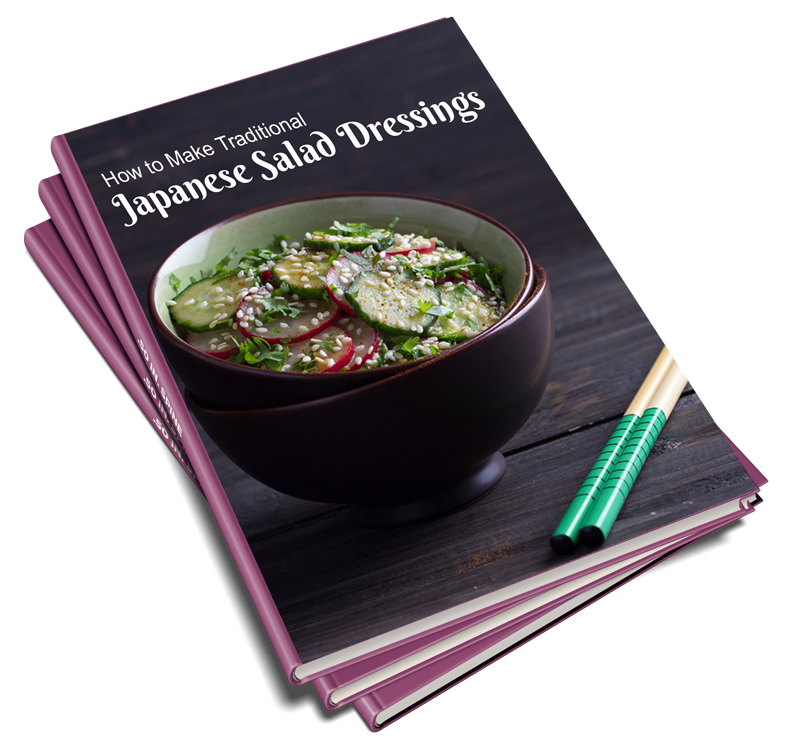
Do you have a favorite local Japanese restaurant in Marin County?
EG: “Yes, there is a wonderful restaurant and it’s really really good and I don’t say that lightly! I don’t like most Japanese food that I’ve had but this is very good. It’s called Village in Fairfax, California.”
So what do you see happening next for you in Breakaway Matcha?
EG: “I don’t know. We continue to grow. Matcha as a category is growing like wildfire which is really nice, the timing is very good. We kind of positioned ourselves at the extreme upper end of the market. It’s a good place to be rather than battling it out at the bottom. It’ll be really cool, and great to reintroduce this style of matcha in Japan. There’s long history of things that go abroad and then kind of move that way back in Japan in some different form. It will be wonderful. I really think it will be widely accepted, I’m quite sure, it’s just that we’re still building the business here and not quite ready. I think a similar thing can happen in Europe. My wife is German. I grew up in Germany but was born here. We’d love to live in either Holland or Germany for a while, I may try to start a European branch as well as a Japanese branch. It’ll be great.”
Breakaway Matcha sells 12 Hyperpremium matcha blends (think rare fine wines, each unique in their own way), a variety of coldbrew versions (my personal fav at the moment), and culinary for well, for culinary purposes (such as baking or cooking or using it as an ingredient)!
Breakaway Matcha is offering readers 10% off + free shipping! Just use the code THANKSFORTHEMEAL. www.breakawaymatcha.com

*Photos courtesy of Breakaway Matcha.
Leave a note in the comments section (see below) of your favorite Matcha drink and or food!





 With a light, crispy, oil-free coating enveloping a perfectly cooked and succulent piece of seafood or vegetable, tenpura (also written tempura) is considered a quintessentially Japanese food. Both the word and the dish, however, are almost certainly of foreign origin. The source: Spanish and Portuguese missionaries called nanbanjin (southern barbarians) who came to Japan to convert the heathen masses toward the close of the sixteenth century. Prohibited from consuming meat on Fridays, they substituted batter-fried fish.
With a light, crispy, oil-free coating enveloping a perfectly cooked and succulent piece of seafood or vegetable, tenpura (also written tempura) is considered a quintessentially Japanese food. Both the word and the dish, however, are almost certainly of foreign origin. The source: Spanish and Portuguese missionaries called nanbanjin (southern barbarians) who came to Japan to convert the heathen masses toward the close of the sixteenth century. Prohibited from consuming meat on Fridays, they substituted batter-fried fish.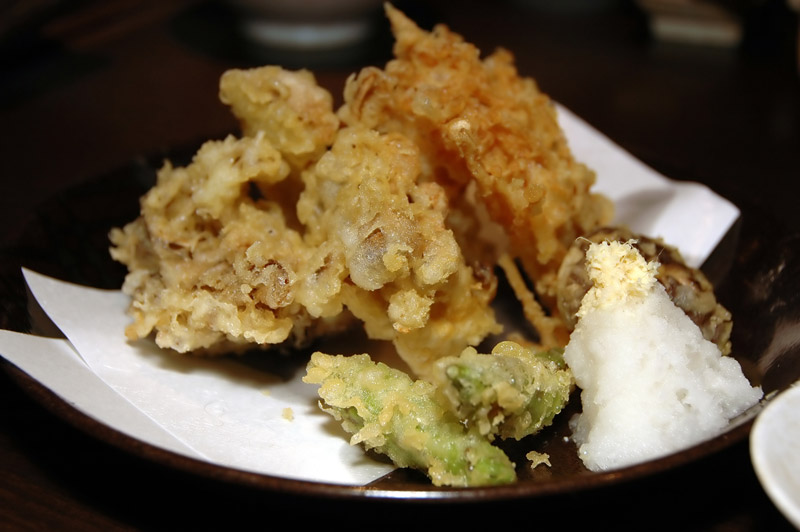
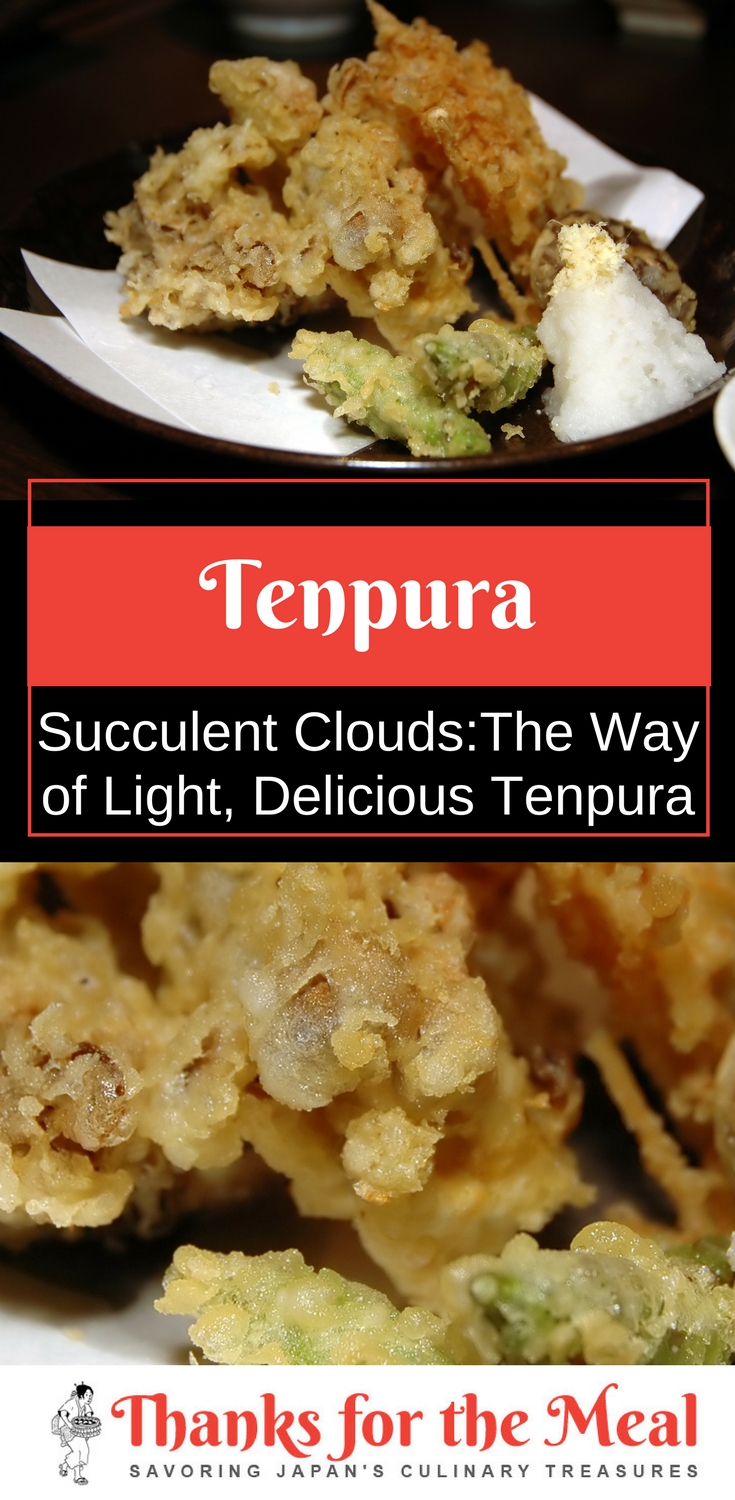



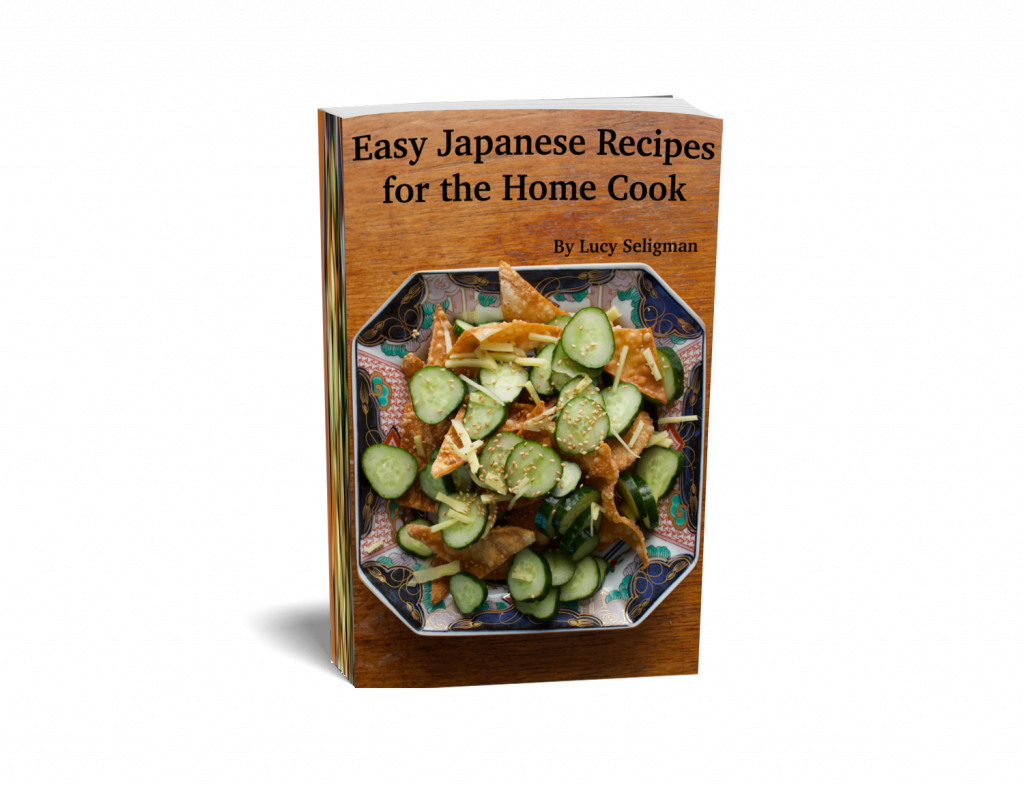


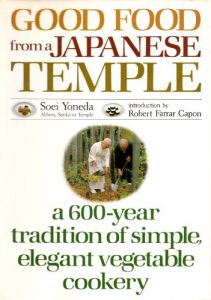

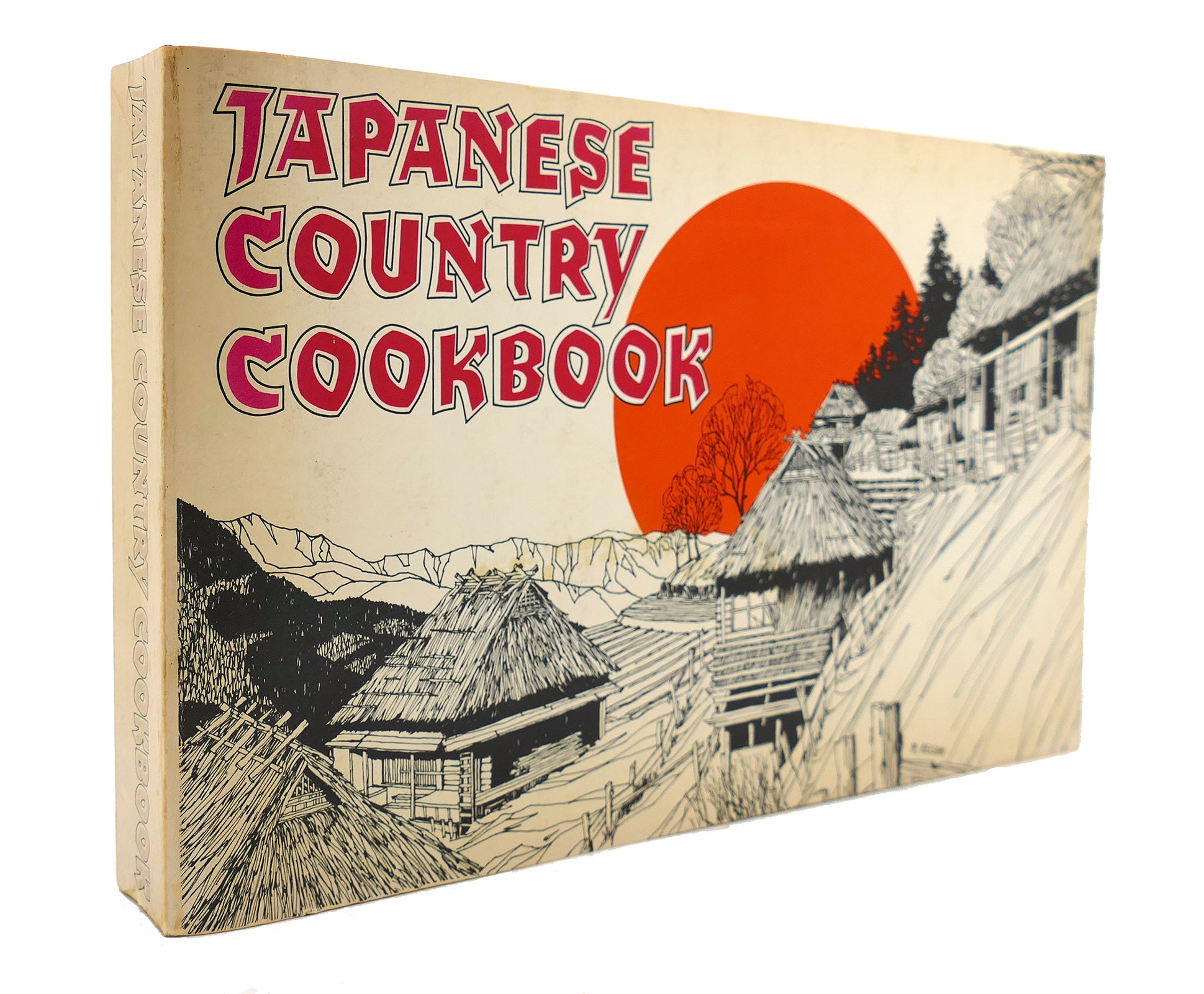
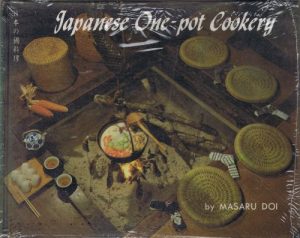

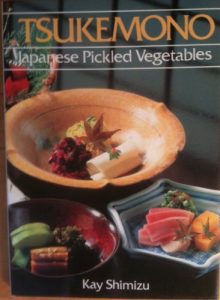
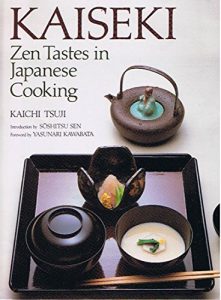

 NEW YEAR’S IS ONE OF THE BEST TIMES IN JAPAN – at least for eating. Shogatsu, the New Year’s holiday, is celebrated from midnight on December 31 until January 3 or 4, or even longer by diehards.
NEW YEAR’S IS ONE OF THE BEST TIMES IN JAPAN – at least for eating. Shogatsu, the New Year’s holiday, is celebrated from midnight on December 31 until January 3 or 4, or even longer by diehards.
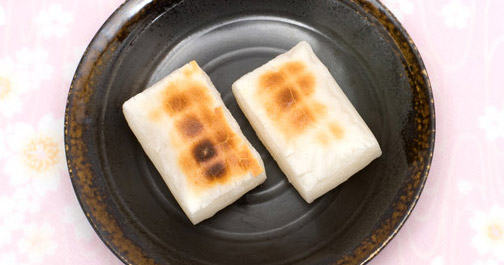

 IN JAPANESE CULTURE, soba (buckwheat) noodles have always been seen as a “happiness” food, served on special occasions. It is traditional, too, when moving into a new house to greet your neighbors with hikoshi soba (moving soba). This involves a play on words, as soba also means “close” or “near” – like neighbors.
IN JAPANESE CULTURE, soba (buckwheat) noodles have always been seen as a “happiness” food, served on special occasions. It is traditional, too, when moving into a new house to greet your neighbors with hikoshi soba (moving soba). This involves a play on words, as soba also means “close” or “near” – like neighbors.
